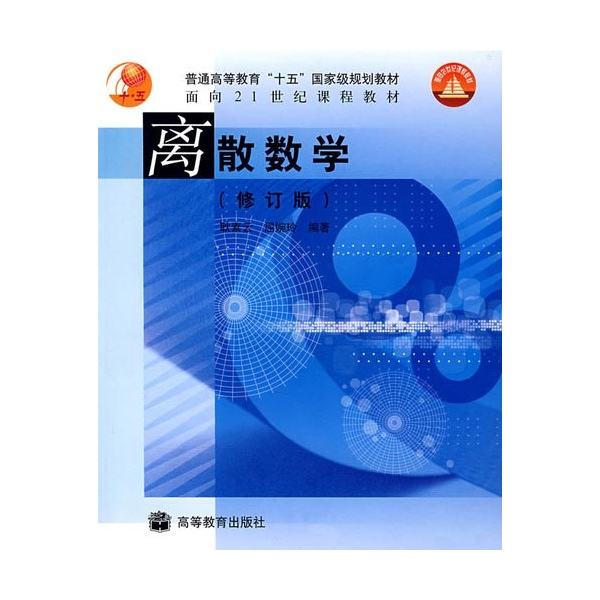Paths $P_1,\ldots, P_k$ in a graph $G=(V,E)$ are mutually induced if any two distinct $P_i$ and $P_j$ have neither common vertices nor adjacent vertices. The Induced Disjoint Paths problem is to decide if a graph $G$ with $k$ pairs of specified vertices $(s_i,t_i)$ contains $k$ mutually induced paths $P_i$ such that each $P_i$ starts from $s_i$ and ends at $t_i$. This is a classical graph problem that is NP-complete even for $k=2$. We introduce a natural generalization, Induced Disjoint Connected Subgraphs: instead of connecting pairs of terminals, we must connect sets of terminals. We give almost-complete dichotomies of the computational complexity of both problems for $H$-free graphs, that is, graphs that do not contain some fixed graph $H$ as an induced subgraph. We also classify the complexity of the second problem (subject to one missing case) if the number of terminal sets is fixed, that is, not part of the input.
翻译:$P_ 1,\ldots 路径 $P_ 1, p_k$ 在 $G = (V, E) 的图形中, 如果任何两个不同的 P$ = (V, i) 和 $P_ j$ 没有共同的脊椎或相邻的脊椎, 就会相互诱导 $P_ 1, p_k$ 路径 。 引发断绝路径的问题是要决定一个 $G$ 的图形是否包含 $k( s_ i, t_ i) 的 美元 双螺旋 $ (s_ i, t_ i) 。 这是典型的图形问题, 即使对于 $_ i 美元, 美元 和 $_ i 美元, 美元 也是 $_ 美元, 美元 和 $_ j$_ 。 我们引入了自然的概括化, 引入了断开关连接子集 : 而不是连接的双端, 我们必须连接终端的组合。 我们给这两个问题的计算复杂度几乎是 。 $H$- free 图表, 就是不包含固定的硬格 。




